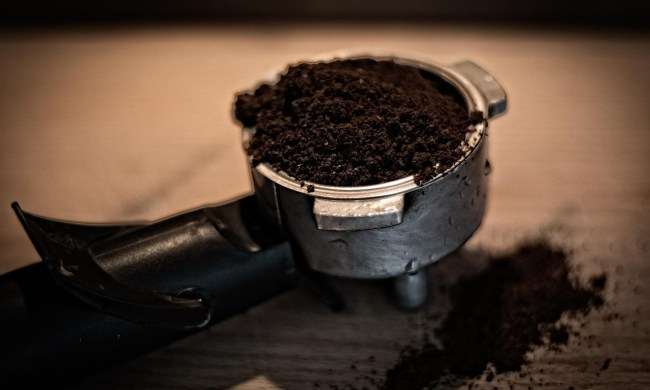The world of plants can be pretty strange sometimes. Among all the typical flowers and foliage, there are some that are entirely unique. From the towering flower stalks of an agave plant to the spiky fruits of a strawberry tree, nature has a lot of wonderful things to offer. One interesting plant you may have heard of is the mimosa plant. With its long list of common names, including touch-me-not plant, shy plant, sensitive plant, or shame plant, it is certainly a curious plant. If you want to try growing your own mimosa plant at home, here’s everything you need to know to be successful.
What are mimosa plants?

Mimosa plants (Mimosa pudica) are perennials native to the tropics of Central and South America. Other species in the mimosa genus can be found in Africa and Asia, but Mimosa pudica is the most commonly grown in U.S. homes and gardens. It has small leaves that fan out like a fern and puffy white and pink flowers. While these flowers are quite cute, they aren’t what makes this plant stand out.
The many common names of the mimosa plant come from its unique quirk. When touched or shaken, the leaves fold up. This helps protect the plant from being eaten, as the tasty leaves curl inward and the thorny stem is exposed. However, it also makes this plant appealing to humans. We’re not used to seeing plants move so quickly, making mimosa plants fascinating to watch. The common names also help distinguish it from mimosa trees (Albizia julibrissin).
Planting mimosa plants

Mimosa plants are sensitive to the cold and can grow as outdoor perennials in USDA zones 10 through 12. However, they can also grow as outdoor annuals further north. Many gardeners prefer to grow them as houseplants to ensure they survive the winter.
Whether indoors or out, be sure to plant your mimosa plant in well-draining, slightly acidic soil. Outdoor mimosa plants tend to be more tolerant of poor soil, while potted plants rely more on the nutrients in the soil to grow since there is no natural replacement as nutrients are used. Adding compost to the soil before planting can improve the texture and nutrient balance of your soil.
Mimosa plants also need plenty of sun. These tropical plants thrive in bright, warm sunshine. Indoor plants tend to do best in bright, indirect light, while outdoor plants can grow in indirect or direct sun. Mimosa plants can tolerate some shade, but they can struggle if they don’t get enough sunlight.
Mimosa plant care

Once they’re planted, mimosa plants are easy to care for. They need plenty of water, so try to keep the soil moist but not soggy. Wait until the soil is mostly dry, then water thoroughly. If your mimosa plant is growing in a container, make sure the container has drainage holes and is draining properly to avoid a build up of excess water. Mimosa plants also prefer moderate to high humidity. Misting your mimosa plant is the easiest way to keep the humidity up, but you can also use a humidifier or humidity tray.
Mimosa plants are not heavy feeders and they don’t usually need to be fertilized. If your mimosa plant has been growing in the same container for an extended period of time and is beginning to look wilted or faded, the soil may need to be refreshed. A low dose of balanced fertilizer will do the trick, or you can repot your mimosa plant in fresh soil.
Are mimosa plants safe to touch?

While they aren’t good to eat, mimosa plants are safe for you to touch. You should take care to avoid the thorns on the stems, but the leaves and flowers are harmless to touch. However, that doesn’t mean it’s great for the plant itself. While touching a mimosa plant and causing it to fold its leaves doesn’t hurt it, it does cost the plant energy. If you only touch the plant every once in a while, your plant is able to recover this energy. Touching it too often can result in the plant using up too much energy and becoming weak. Weak plants are more vulnerable to pests and diseases, so keep your mimosa plant safe by touching it sparingly.
No matter what you call them, mimosa plants are delightful and fascinating plants. With their cute fluffy flowers and their strange habit of folding up when touched, it’s easy to see why this plant is such a popular houseplant. They aren’t hard to grow, but just remember to be gentle when handling them.




